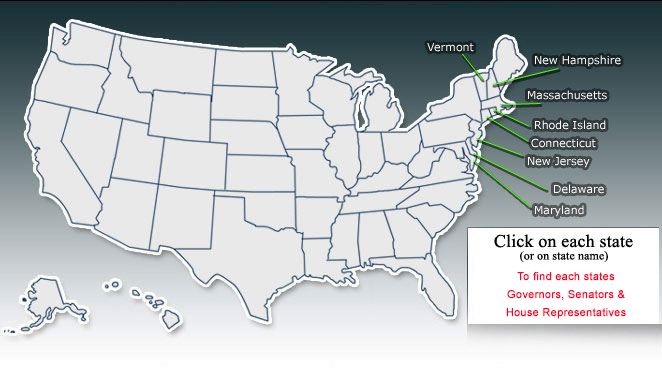| Already a member? Login Now! |
|
 |
|
3 great ways to use Student News Net!
SNN invites you to sign up for a subscription for our award winning site, with access to great stories and educational features. Obviously we are proud of our accomplishments, but we really want to share the truly engaging stories and custom features for the classroom and beyond.
As an ad-free site, SNN relies on subscriptions to enable it to produce this award winning educational website. Where else can you get daily updates of engaging stories and current events backed up by interdisciplinary activities and extra features?
|
|
|
|
 |

|
-
|
|
Extra! Extra!
1. Find your state. Who is your current governor? Is he/she up for re-election in 2016? Does your state have term limits for governor? Term limits for governor mean the governor can only serve so many terms in office as dictated by the laws in your state.
2. Who are your two U.S. Senators? Research each one and answer the following questions for each:
- When was the senator first elected?
- How many terms has the senator served? How long is one term for a U.S. Senator?
- Are there term limits for U.S. Senators?
- Name the political party affiliation of each senator.
- Research each senator and the committees in the U.S. Senate on which they are members.
- What is their role on the committees?
- Of the 100 senators in the U.S. Senate, how many will be up for re-election in 2016?
- Research the U.S. Senate at http://www.senate.gov
|
|
| |
|
 |
|
Follow the 2018 elections with SNN!
The interim election years are those held between the presidential elections years. For the United States Senate one-third of the Senate seats are up for election. Because all Congressional Representatives are only 2 year terms, all 435 congressional district representative (House of Representative) seats are up for election. There are also several state Gubernatorial races al well as state races for senators and representatives and local offices.
Student News Net has printable election tally sheets for Senate and Gubernatorial races for you to follow the election – who won, who lost, and which seats changed party affiliation. |
|
| |
 |
| |
 |
| |
For a pdf of the 2016 Electors by State, CLICK HERE.
The Electoral College
The Electoral College is not a place where students go to school but a term that describes the governing body that officially elects the President and Vice-President of the United States. The Founding Fathers defined the presidential election process in the Constitution.
The District of Columbia (Washington D.C.) and 48 states follow a "winner take all" system for awarding electoral votes. In this system, the candidate who receives a majority of votes or a plurality (< 50 percent but more than any other candidate) receives all of the state's electoral votes. Only two states - Nebraska and Maine - follow another system, a system of proportional allocation in that the electoral votes can be divided based on the popular vote.
Through the Secretary of State offices, many states post unofficial vote totals online after the polls close. To find your state, visit the National Association of Secretaries of State, NASS.
Article II, Section 1 of the Constitution states: “Each State shall appoint, in such Manner as the Legislature thereof may direct, a Number of Electors, equal to the whole Number of Senators and Representatives to which the State may be entitled in the Congress: but no Senator or Representative, or Person holding an Office of Trust or Profit under the United States, shall be appointed an Elector.” The term, Electoral College, was coined after the Constitution was written and refers to the sum of Electors from the States and the District of Columbia (Washington D.C.).
With 435 members of the House of Representatives and 100 Senators, the number of Electors totals 535. But an additional three Electors are appointed for the District of Columbia bringing the total number of Electors to 538. To become President of the United States, a candidate must receive 270 electoral votes, or one more than 50 percent of 538.
The popular vote indirectly chooses the President of the United States as the candidate who receives the most votes in each state is usually given all of the electoral votes for that state. So it is possible to win the popular vote but lose the election in the Electoral College as happened in 2000 when Al Gore (Democrat) received the most votes but George Bush (Republican) received the required number of electoral votes when Florida’s electors went for Bush following a Supreme Court ruling.
|
|
|
|